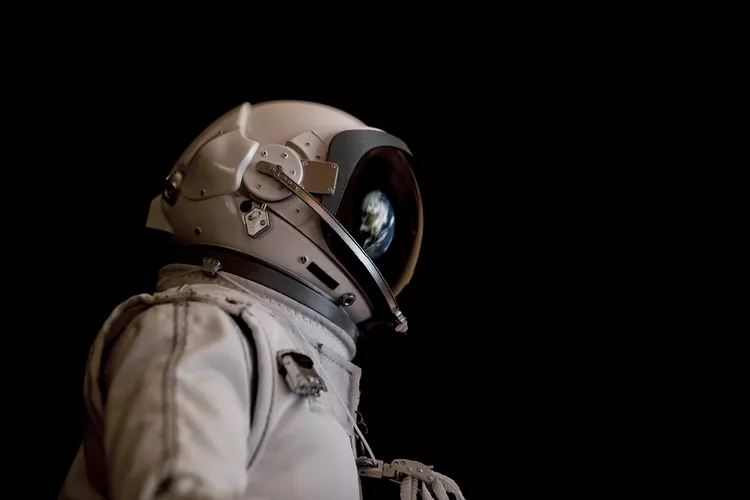Summary of Space Travel Temperature Insights
- Overview of Space Travel Trends
- Temperature in Space and Its Challenges
- Stratospheric Temperatures for Balloon Rides
Space travel is having a real moment. From billionaires rocketing themselves to the edge of Earth’s atmosphere, to companies launching futuristic balloons that will soon safely float people to new heights, it’s the last frontier that adventurous travelers have been eagerly awaiting.
If you plan on being part of the new class of traveling astronauts, consider this useful tip: Pack either a coat or a portable fan, depending on your destination.
Recently, Space.com analyzed the extreme temperature variations encountered in space. The hottest areas in the universe surround stars. For instance, Popular Science explains that our sun reaches temperatures of around 27 million degrees Fahrenheit at its core, cooling off to a still sizzling 10,000 degrees on its surface. However, objects in proximity to these stars can experience significant temperature fluctuations. Mercury, which is the closest planet to the sun, fluctuates between 800 degrees Fahrenheit during the day and 95 Kelvins (-288 degrees Fahrenheit) at night, according to Space.com.
But what about the vast emptiness of space? This question reveals a more complex picture.
According to Space.com, radiation from a star does not have much effect until it encounters an area or object filled with “a lot of particles.” Thus, when solar radiation reaches Earth’s atmosphere, it vibrates, generating heat, which contributes to our warm and habitable temperatures.
In contrast, the space in between is a vast nothingness that can be significantly cooler than surrounding planetary bodies. Yet, the temperatures never quite reach absolute zero; instead, they hover around 2.7 Kelvins, or approximately -45 degrees Fahrenheit.
This relatively warm temperature is maintained by what is known as the “cosmic microwave background” (CMB), which Space.com notes is “leftover radiation from the Big Bang or the time when the universe began.” While the CMB is invisible, it is omnipresent throughout the universe.
Fortunately, average individuals do not need to concern themselves with these extreme conditions quite yet—unless there are significant advancements in space travel technology. Instead, let’s examine temperatures in a more feasible context—the stratosphere, which is the target elevation for the upcoming World View balloon ride.
According to the National Weather Service, temperatures in the stratosphere range from an average of -60 degrees Fahrenheit at the tropopause (the boundary separating the lower troposphere from the stratosphere) to a maximum of 5 degrees Fahrenheit at the top of the stratosphere. Consequently, this makes it relatively warmer than some of the coldest destinations on the planet’s surface. Therefore, for now, you’ll likely be comfortable if you wish to travel to the edge.




